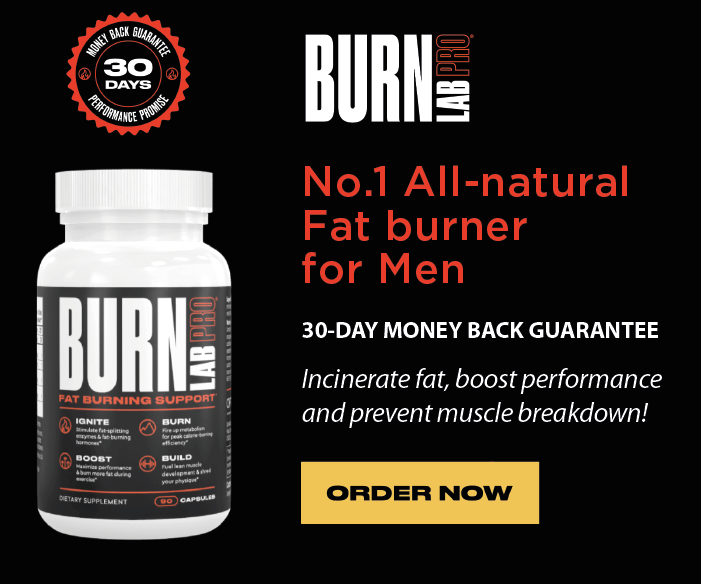Build Muscle, get ripped and increase endurance with Drop-sets
By Martin Ebner (Updated 7 July 2021)
Ahhhhhh, Drop sets. You’ve got to love them. I mean I hate them. No, wait. Love them! If you are at all familiar with drop sets, I'm sure you can relate. There’s just something so painfully satisfying about pushing your muscles to failure over and over again. But what exactly are drop sets? how do I incorporate them into my program? what does the science say and can they help you build muscle, get ripped and increase endurance all at the same time? Let’s take a look:
What are Drop sets?
Let’s start with the most obvious, shall we!?
Drop sets are essentially a technique where you perform an exercise to failure or near failure, then drop (reduce) the weight and continue for more reps until you reach failure, drop the weight again and repeat.
The concept
The main concept of drop-sets is to fully fatigue the muscles to ensure hypertrophy (Muscle growth) whilst hopefully also increasing muscle endurance and calorie expenditure (to get ripped) at the same time.
The reason why drop sets claim to work so well is that by dropping the weight immediately after reaching muscle failure, you are able to recruit more muscle fibers than you would with traditional straight sets. As a result, this technique can help generate more muscle growth and improve muscular endurance.
The science
Nothing gets you grunting more than hitting muscular failure over and over again but until fairly recently, drop sets have been a slightly old-school bodybuilding technique with not a huge amount of real science to back its claims.
However, there is some new research from a paper published by Scientist Brad Schoefeld that suggests the “Broscience” was right all along - drop sets can help promote long-term muscle hypertrophy and strength gains.
In one study, 16 men were divided into 2 groups and given different strength training protocols for 6 weeks. The first group performed a traditional 3 sets of 12 reps with 90 seconds rest on the triceps pushdown. The second group performed 1 set of 12 reps that included 2 drop sets for the same exercise. Both groups performed the same volume of training. The drop-set group showed significantly more growth than the straight-set group at the end of the 6 weeks.
In another study, 9 young untrained men were split into 3 groups and given different protocols over 8 weeks. Each participant performed bicep curls with either a heavy weight with extended rest time, light weight with moderate rest, or heavy weight with 4 drop sets.
At the end of the 8 weeks, while there was very little difference between the results of the participants when it came to hypertrophy, those that performed drop sets were able to achieve the same results in less time.
Ok. So the science does say yes. Let’s get back to hows and whys!
How many “Drops” should I do?
Technically you can drop the weight as many times as you like but I've always found the sweet spot to be 3 “drops”. Any more and you risk sacrificing good form and possibly the contents of your stomach. There is a good old expression that I like to use with my clients which is “quality over quantity”. As a general rule, not only when it comes to drop sets but with strength training in general, once you feel that you are unable to maintain the quality of the exercise, stop! If you continue to push past the point of good form, not only are you potentially wasting your time and energy but you could also get injured as a result.
Which exercises are best for Drop sets?
Technically you can use drop sets for just about any exercise but I recommend you stick to isolated muscle group drop-sets. Think bicep curls, tricep push-downs, calf press, etc. The reason being is that they can be extremely taxing on the body. If you push your body to failure over and over again with exercises that recruit multiple muscle groups at the same time (squats, deadlifts, hip thrusts, bench press, pull-ups, etc) you risk taxing your central nervous system which can result in overtraining and burn out.
Related: The Skinny guy series: How to maximize muscle building
How to perform a drop set?
Aim for 8-10 repetitions at 70-80% of your 1RM, drop the weight 15-20% and repeat, drop the weight again 15-20% and repeat to failure.
Example: Tricep push downs - 8-10 Reps (30kg) - 8-10 Reps (22.5kg) - Rep out (17.5kg)
Tip: Using a cable pulley system allows you to quickly reduce the weights which can increase the effectiveness of the exercises. You shouldn't pause for more than 10 seconds between drops. Anything more constitutes a new set. Or at least, that’s what my old coach would tell me when he was “encouraging” me to keep going! Seriously though, keep your rest times as short as possible between drops and 60 - 120 seconds rest between sets.
How often should I use drop sets?
Drop sets should be complementary to a traditional straight sets strength training program. I recommend only using one drop-set exercise per body part or a couple per workout. What I tend to do is save the drop set for the very last exercise. For example: If your training program is a 5-day body split, at the end of your Push workout, you could perform a drop set of lateral dumbbell raises or tricep push-downs to finish. This way you can focus on absolutely exhausting the muscles at the end of your workout instead of burning out at the start.
What about Drop sets for endurance and fat loss?
I haven’t given much focus or emphasis on the benefits of drop-sets for muscular endurance or fat loss because I couldn't find a great deal of convincing evidence to support either claim.
Tip: If fat loss is your goal, focus first on building muscle and then on creating a calorie deficit large enough to promote fat loss through diet and exercise.
As for endurance-based goals, I did find some evidence to suggest that incorporating drop sets as part of a strength and endurance-based training program can help increase muscular endurance however the results were a little inconclusive.
More articles on fat burning:
A final word.
Studies show that drop sets can increase Hypertrophy (muscle growth) and are a great training technique to increase workout volume without having to spend any extra time in the gym.
Personally, I'm a big fan of drop sets. They are by no means, nor will they ever be the focus of any workout I do, however, I do find them very valuable and effective when used in conjunction with straight sets.
To really make the most of drop sets, include them at the end of your workout with isolated muscle exercises like tricep push-downs, bicep curls, calf press and lateral raises.




